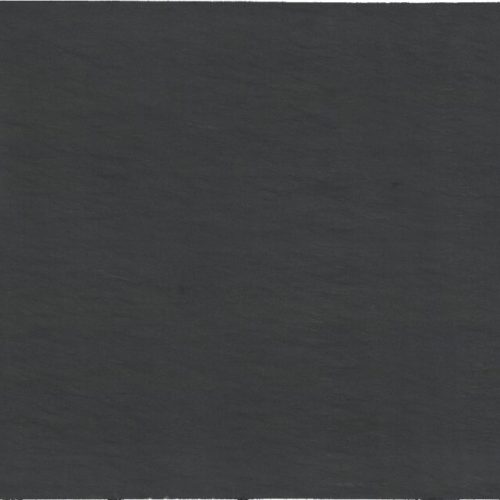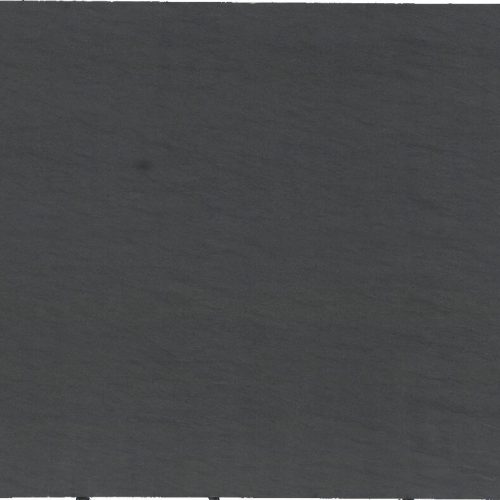Pietra Cardosa: Italian Blue-Grey Quartzite for Timeless Design
Pietra Cardosa is a distinguished Italian quartzite known for its deep blue-grey coloring and refined appearance. This natural stone comes from the Apuan Alps in northern Italy, where it has been quarried for centuries and used in both historic architecture and contemporary design projects. The stone’s consistent color palette and durable composition make it a practical choice for homeowners and designers seeking a sophisticated, modern aesthetic.
History and Origins
The quarries producing Pietra Cardosa are located in the Cardoso region of Tuscany, an area with a long tradition of stone extraction dating back to Roman times. The geological formation of this quartzite occurred millions of years ago when sandstone underwent intense heat and pressure deep within the earth's crust, transforming it into the dense, crystalline material we see today. Italian craftsmen have worked with this stone for generations, using it in everything from medieval building facades to contemporary residential projects. The stone's name literally translates to "Cardoso stone," referencing its geographic origin. Today, modern quarrying techniques allow for larger slabs and more consistent selection, but the fundamental character of the material remains unchanged. This historical legacy gives Pietra Cardosa a sense of authenticity that appeals to designers looking for materials with genuine provenance.
Applications and Uses
Pietra Cardosa performs well in demanding applications thanks to its hardness and low porosity. Kitchen countertops are one of the most common uses, where the stone's heat resistance and scratch resistance prove valuable. The material handles hot cookware without damage and stands up to daily food preparation activities. Bathroom applications include vanity tops, shower walls, and floor tiles. The stone's water resistance makes it suitable for wet areas when properly sealed. Backsplashes in both kitchens and bathrooms benefit from the stone's understated elegance and easy maintenance.
Beyond residential uses, Pietra Cardosa works well in commercial settings. Reception desks, conference room tables, and lobby flooring all benefit from the stone's professional appearance and durability. The material also performs outdoors when sealed appropriately. Outdoor kitchens, patio counters, and pool coping are all viable applications. The stone withstands freeze-thaw cycles and UV exposure better than many alternatives.
Fireplace surrounds and accent walls showcase the stone's aesthetic qualities without the wear concerns of horizontal surfaces. The consistent coloring makes it easier to source matching slabs for larger installations compared to heavily figured stones.
Design and Aesthetic Appeal
The color palette of Pietra Cardosa centers on medium to dark grey with distinct blue undertones. White to light grey veining runs through the stone in subtle patterns that add visual interest without overwhelming the overall impression. The honed finish typically used on this material creates a matte surface that softens the appearance and provides a contemporary feel. This finish also reduces glare and fingerprints compared to polished alternatives.
The stone pairs exceptionally well with white cabinetry, creating a clean contrast that works in modern and transitional kitchens. Stainless steel appliances and fixtures complement the cool grey tones. Warm wood elements, whether in flooring or furniture, provide textural contrast against the stone's smooth surface. For those seeking a monochromatic scheme, combining Pietra Cardosa with lighter grey marbles or darker charcoal tiles creates depth while maintaining color harmony.
The material fits seamlessly into minimalist design approaches where restraint and material quality take precedence over ornate details. It also works in industrial-inspired spaces where raw materials and honest finishes are valued. Scandinavian interiors benefit from the stone's cool palette and understated character.
Caring for Pietra Cardosa
Quartzite requires less maintenance than marble but more attention than granite. Seal the stone every 6 to 12 months using a penetrating sealer designed for natural stone. High-traffic areas or surfaces exposed to oils and acids may need more frequent sealing. Test water absorption by placing a few drops on the surface. If the water beads up, the seal is intact. If it soaks in within a few minutes, resealing is necessary.
Daily cleaning requires only warm water and a pH-neutral stone cleaner. Wipe up spills promptly, particularly those involving wine, coffee, or citrus. While quartzite resists etching better than marble, acidic substances can still cause dullness over time if left standing. Avoid vinegar, lemon juice, and ammonia-based cleaners. Use cutting boards during food preparation to prevent dulling the surface. Hot pans can go directly on the stone, but trivets protect the seal from degrading.
Ready to Transform Your Space with Pietra Cardosa?
Visit our 38,000 square-foot showroom in Long Island City to view our current selection of Pietra Cardosa slabs. Each slab varies in veining and tone, so in-person selection ensures you get exactly the look you want. Our team can answer technical questions, provide samples, and connect you with experienced fabricators. Contact us today to schedule your appointment or stop by during business hours. We'll help you find the perfect slabs for your project.




